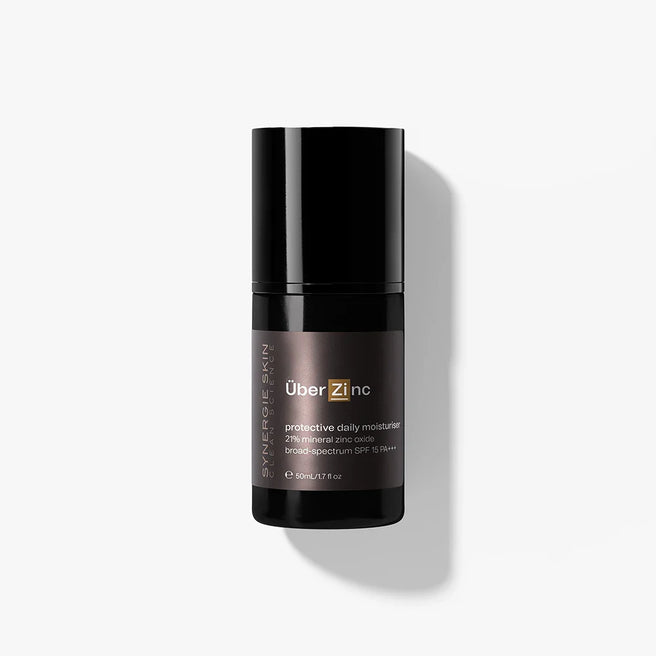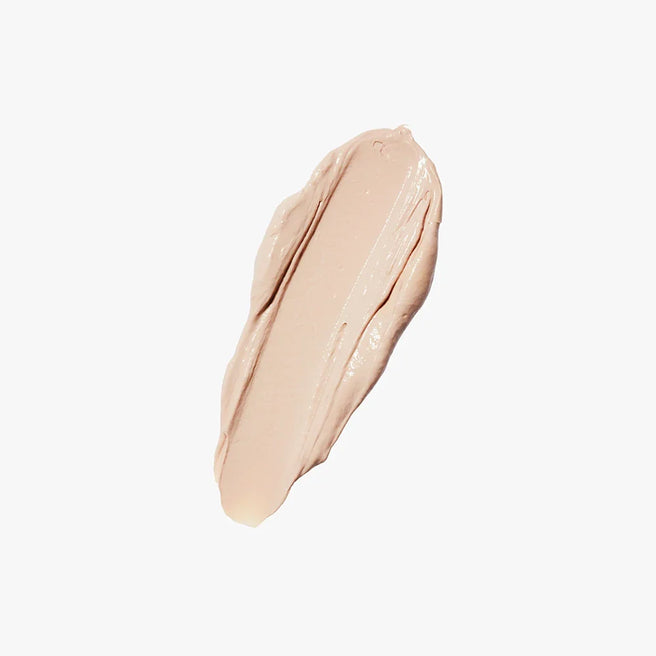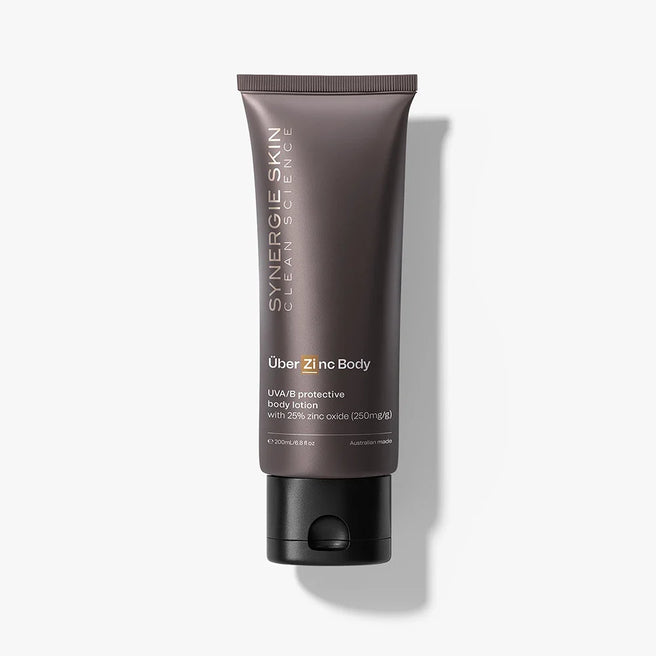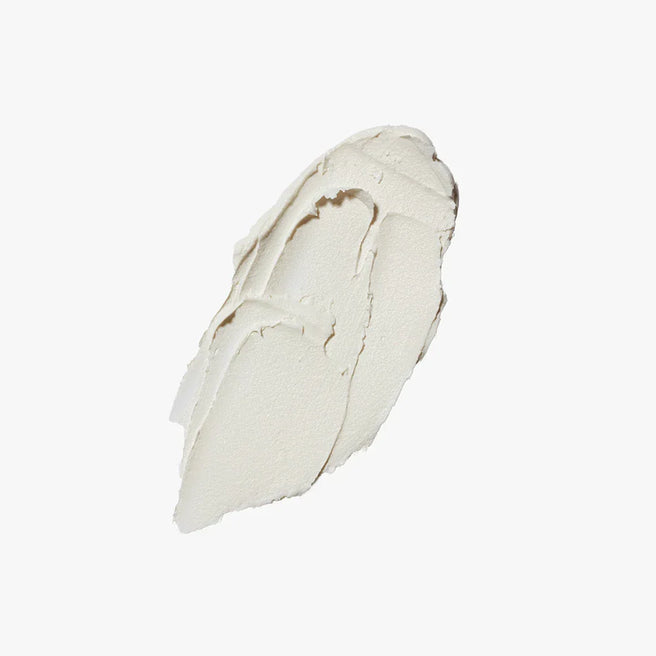It still amazes me that consumers are focused only on the SPF rating of their sunscreen. SPF is only half of the solution to sun protection, and only measures burning rays or UVB rays. SPF is a mathematical equation indicating how long you can stay out in the sun without turning red and does not measure your sun protection from UVA rays.
.webp?v=1700714178999)
Ultraviolet (UV) radiation is part of the invisible light spectrum that reaches earth from the sun. These wavelengths are then classified into three categories – UVA, UVB and UVC. Thankfully, lethal UVC rays are filtered by our precious ozone layer, but UVA and UVB protection is vital. Sunscreens shielding us from the damage from both these types of rays is referred to as ‘broad-spectrum’.
So, what is the difference between UVA and UVB? UVA is responsible for deeper skin damage and for skin ageing (think ‘A’ for ‘Ageing’), as it breaks down the collagen in our skin. UVA rays are far more serious in my opinion, as these invisible rays penetrate deeply into the skin. They shut down the skin’s immune surveillance system, so it is unable to fight damage by the sun. Many skin cancers and potentially fatal melanoma can be caused by UVA damage.
UVA rays:
- Are a longer wavelength ray and therefore penetrate deeper into the skin (the dermis where most of the living skin cells are present)
- Comprise 95% of the sun’s UV rays reaching earth
- Does not cause skin burning so more difficult to monitor
- Are responsible for ageing (due to collagen and elastin destruction)
- Causes free radical cell damage and DNA mutation that can cause skin cancer (both benign and malignant)
- Suppresses the immune system of the skin making us more prone to skin cancer
- Can penetrate glass
- Are constant in intensity throughout the day and seasons
UVB rays
- These are shorter rays and can only penetrate the surface layers of the skin (epidermis)
- Causes burning of the skin (think ‘B’ for ‘Burning’)
- Comprise 95% of the sun’s UV rays reaching earth
- Can also cause DNA mutations and cancers
- More intense between 11am and 2pm
UVC rays
- Thankfully these lethal rays are absorbed by the ozone layer and do not reach the earth’s surface – provided we preserve the ozone layer!
Broad spectrum protection
I am concerned that consumers are not aware of the difference between physical and chemical sunscreens. Chemical sunscreens (or organic sunscreens) absorb beneath the skin surface and act by absorbing UV light and dissipating the energy as heat. They are later broken down in the body and carried in the bloodstream where by-products may be detected. There has been evidence that many chemical sunscreens may be considered harmful and have been linked to skin sensitivity, hormonal imbalances, and environmental toxicity.
Physical sunscreens (or inorganic suncreens, such as zinc oxide and titanium dioxide minerals) sit on top of the skin. They are not absorbed into the bloodstream, and they provide a protective barrier to UV light where they reflect, scatter, and absorb UVA and UVB light.
So, which do you choose – physical or chemical absorbing? Any sunscreen is better than none at all, but given the choice, my advice is to opt for a physical sunscreen containing zinc oxide – such as ÜberZinc – as it is a natural mineral that blocks harmful UVA and UVB rays. Next time you purchase sunscreen, look for the terms 'UVA/UVB protection', or 'broad-spectrum protection'. Always check the label and ingredient list before you make a purchase.
Not sure what products are suitable for your skin type? Head to our Analyse Your Skin quiz to find your routine - your skin confidence begins here.









